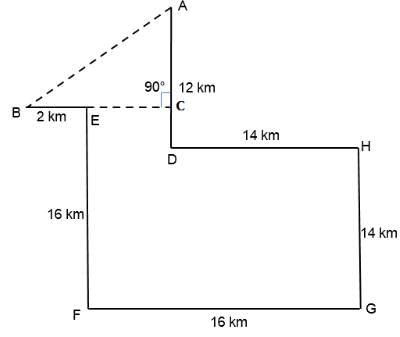SRMJEE Mock Test - 10 (Engineering) - JEE MCQ
30 Questions MCQ Test - SRMJEE Mock Test - 10 (Engineering)
Which of the following statements about an electromagnet is not correct?
A capacitor of capacitance C1 is charged by connecting it to a battery. The battery is then removed and this capacitor is connected to a second uncharged capacitor of capacitance C2. If the charge gets distributed equally on the two capacitors, then the ratio of the total energy stored in the capacitors, after connection to the total energy stored in them before connection, is
A point on the periphery of a rotating disc has its acceleration vector making an angle of 30° with the velocity vector. The ratio ac / at (ac is centripetal acceleration and at is tangential acceleration) equals
If α,β and γ are coefficient of linear, area and volume expansion respectively, then
A plank of mass 2 kg and length 1 m is placed on a horizontal floor. A small block of mass 1 kg is placed on top of the plank, at its right extreme end. The coefficient of friction between the plank and the floor is 0.5, and the coefficient of friction between the plank and the block is 0.2. If a horizontal force of 30 N starts acting on the plank to the right, the time after which the block will fall off the plank is (g = 10 m/s²):
Two rods are fixed between two rigid massive walls and are heated such that they undergo the same increase in temperature. They are identical in geometry but are made of different materials, having coefficients of thermal expansion α₁ and α₂, and Young's moduli Y₁ and Y₂. The thermal stresses developed in the two rods are equal if α₁:α₂ = 2:6. Then, Y₁:Y₂ is equal to:
The magnetic moment (in μB) of [Ni(dimethylglyxoimate)2] complex is closest to:

What is the value of E° for the above reaction sequence?
Which is not an example of homopolymer out of the following?
In the following chemical reactions, the compounds A and B are respectively:
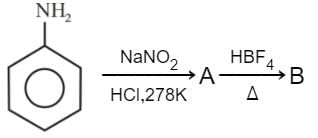
Let (x, y) be any point on the parabola y2 = 4x. Let P be the point that divides the line segment from (0, 0) to (x, y) in the ratio 1 : 3. Then, the locus of P is:
If | | = 2, |
| = 2, | | = 3, |
| = 3, | | = 4 and
| = 4 and  = 0, then the value of
= 0, then the value of  is
is
If cos-1 (1/x) = θ, then tan θ will be equal to
If a, b, and c are not all equal and α and β be the roots of the equation ax² + bx + c = 0, then the value of (1 + α + α²)(1 + β + β²) is:
Let f: R → R be differentiable at c ∈ R and f(c) = 0. If g(x) = |f(x)|, then at x = c, g is:
The solution of the differential equation: x sec(y/x) (y dx + x dy) = y cosec(y/x) (x dy − y dx) is:
If cos 2B = cos(A + C) /cos(A − C), then tan A, tan B & tan C are in:
The angle of intersection of the circles x² + y² − x + y − 8 = 0 and x² + y² + 2x + 2y − 11 = 0 is
Consider the following figure:

Find the length of BD.
A man is facing South. He turns 135 degrees in the anticlockwise direction and then 180 degrees in the clockwise direction. In which direction is he facing now?
Deepak goes 12 km south. Then, he turns left and moves 14 km. Then, he turns right and moves 14 km again. After that, he turns right and goes 16 km straight. Again, he turns right and goes 16 km straight. Then, he takes a left turn and moves 2 km.Find the distance between his starting point and his current position.
If the system of equations
λx + 2y + 3z = x
λy − 2z = y
y + λz = 4z
have a non zero solution, then sum of all possible values of λ is
The difference between a two digit number and the number obtained by interchanging the two digits is 63. Which is the smaller of the two numbers?
Read the following passage carefully and answer the question given below it.
The Bengal Renaissance refers to a social reform movement during the nineteenth and early twentieth centuries in the region of Bengal in Undivided India during the period of British rule. The Bengal Renaissance can be said to have started with Raja Ram Mohan Roy (1775-1833) and ended with Rabindranath Tagore (1864-1941), although there have been many stalwarts thereafter embodying particular aspects of the unique intellectual and creative output. Nineteenth-century Bengal was a unique blend of religious and social reformers, scholars, literary giants, journalists, patriotic orators and scientists, all merging to form the image of a Renaissance, and marked the transition from the 'medieval' to the 'modern'.
During this period, Bengal witnessed an intellectual awakening that is in some way similar to the European Renaissance during the 16th century although Europeans of that age were not confronted with the challenge and influence of alien colonialism. This movement questioned existing orthodoxies, particularly with respect to women, marriage, the dowry system, the caste system and religion. One of the earliest social movements that emerged during this time was the Young Bengal Movement that espoused rationalism and atheism as the common denominators of civil conduct among upper caste educated Hindus.
The parallel socio-religious movement, the Brahmo Samaj, developed during this time period and counted many of the leaders of the Bengal Renaissance among its followers.
Why was the Bengal Renaissance considered different from the 16th century European Renaissance?
ln the following question, four alternatives are given for the idiom/phrase. Choose the alternative which best expresses the meaning of the idiom/phrase.
Knit the brow




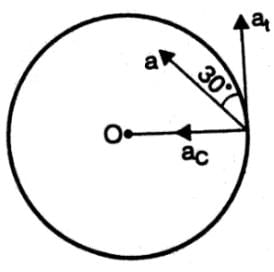
 (from figure)
(from figure)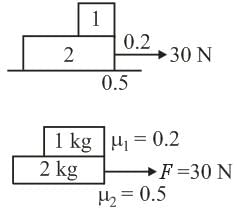
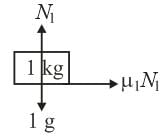
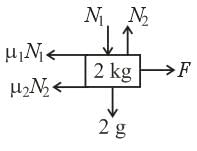




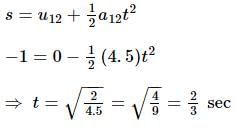




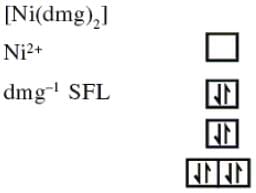

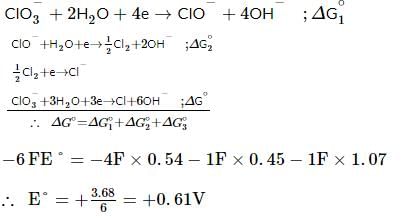


 and n
and n 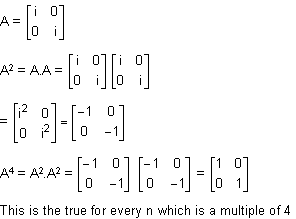

 :
: – 240
– 240 + 219
+ 219

 29 + 2
29 + 2  = 0
= 0


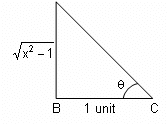


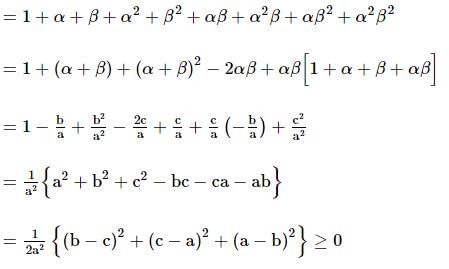

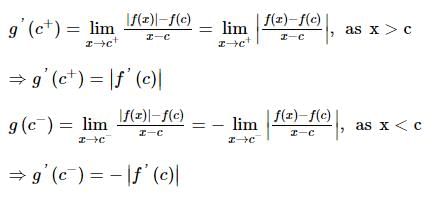
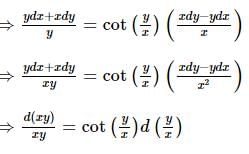
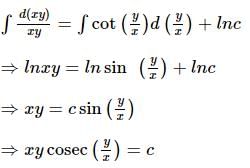



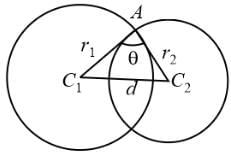


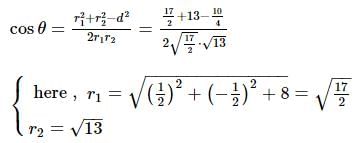
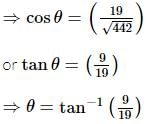



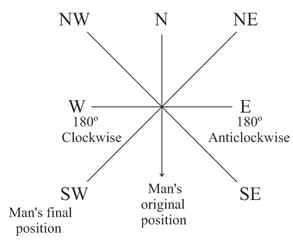

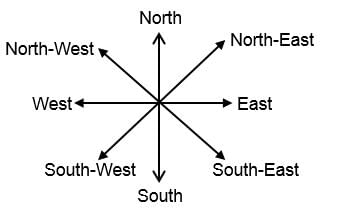
.png)
